Buy From a Bike Shop or Direct?
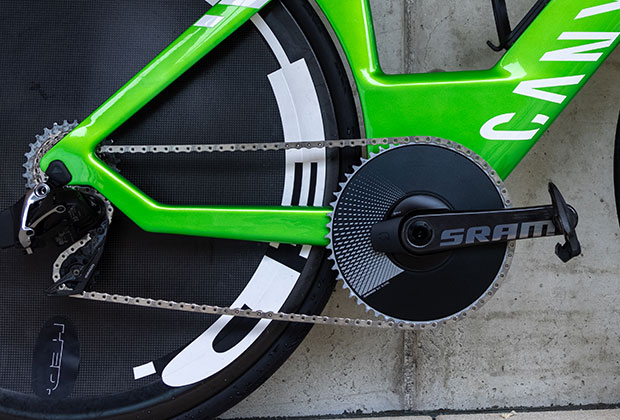
I tried as a consumer to buy products from the manufacturer as far back as 1985, the year before I first entered the industry side of triathlon, so I’m sympathetic to the urge to bypass the middleman.
Buying consumer direct (B2C in industry lingo) is a much bigger thing now than it was in 1986. But B2C (business to consumer) is not for everyone nor every purchase. When do you need a bike shop in between you and your product? Let’s pick two product categories where I have some specific history: bikes and wetsuits. On the wetsuit side I have an announcement to make on that, so I’ll not consider wetsuits today: Wetsuits are Part-2 of this 2-part series. Today is all about bikes and let’s tackle the 3 things you need to reckon with before you buy a bike using the B2C channel.
The 3 Considerations When Buying Bikes B2C
Sizing expertise:
Here is where the pendulum begins to swing away from the bike shop and I know I’m going to break some china here but over a 15-year span the major bike industry brands got heavily into ecumenical bike fit only to more recently (according to my observation) retreat from it. By ecumenical I mean a fit process that produced a brand-independent outcome. You got a set of fit coordinates from a fit session, followed by a list of complete bike solutions that matched those coordinates, regardless of which headbadge was riveted onto that bike’s frame. Ecumenical solutions are less in vogue at your local bike shop then they were 5 or 10 years ago.
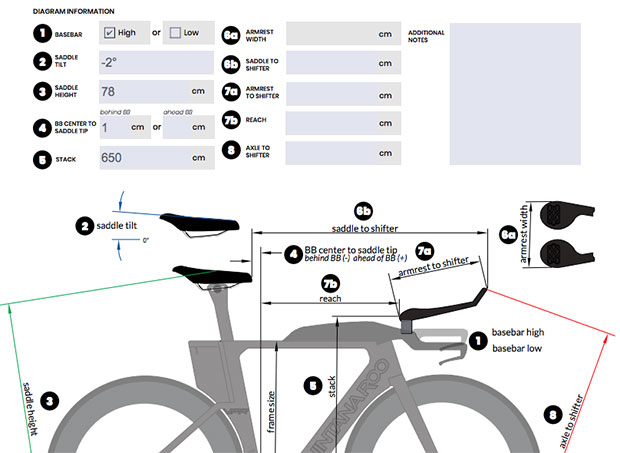
We here at Slowtwitch began a *thing* back in 2002: Dynamic Bike Fit. The idea is that you are fit aboard your bike as you are pedaling it, rather than getting fit based simply or mostly on your limb and torso lengths and/or your range of motion. Dynamic bike fit tooling and in most cases the protocols were more or less descendants of F.I.S.T. (our bike fit protocol brand). Companies involved in this were Cannondale (with the GURU brand); Specialized (with its purchase of Retul); Trek Precision Fit (using Purely Custom’s excellent fit bikes); Shimano (with the introduction of its excellent fit bike); and to some degree Giant. I now don’t think I see any of those brands advocating for bike fit with the ardency they did at their zenith (though I’m happy to hear and report if any of these brands think my observation misses the mark).
As a result I am left with the following: If it’s a highly individualized high-end product (a bike must fit you; a floor pump is less individualized), there’s less reason for the shop to middle the transaction if it’s not wedded to fit as a pre-sale discipline. If getting the right bike, in the right size, set up correctly, is important then the shop has to be better than a B2C transaction. Nowadays I question whether that’s the case for the great majority of bike shops. If a Slowtwitcher can go to a good bike fitter, and/or place his fit coordinates in one of the Fit Assistance threads on our Reader Forum (Cervelo; Canyon; Quintana Roo); can get a bike built to exactly match those fit coordinates such as the Fit Ready process (the template for which is shown above); and can be hand delivered ready to ride to your door (see an image below of a THRU van getting loaded for delivery); is the bike shop a value add or a value subtract?
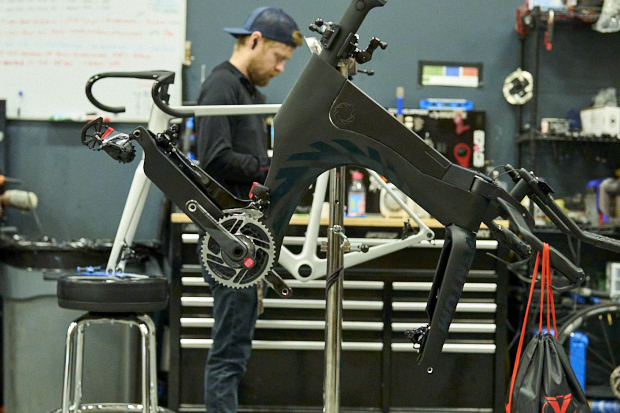
If I can generalize the major bike brands, in my view, figured out during the pandemic that bike fit only gummed up the works. People just wanted bikes. There were in many shops transaction rooms where you paid, your bike was placed in a clean room by the bike mechanic post-assembly; and after he exited you entered to retrieve your bike. There’s not a lot of bike fitting going on in that environment. But for bike transaction purposes the pandemic is functionally over now; we’re in the middle of a bike glut (except for tri); and the value of the bike shop reemerges. Or not. This is why the independent Bike Fitter is the business model to watch, and it is in my view a perilous time for shops to abandon fit (although those shops may not see their peril now).
Mechanical expertise
This is where the bike shop remains as relevant as ever. With the advent of hydraulic disc brakes bikes got really hard to work on, unless you know how to bleed brakes and you’re literate with hydraulic line, barbs, olives, compression nuts, and you have either SRAM or Shimano bleed kits (or both) and DOT fluid or mineral oil (or both). My Centerlock Lockrings affix with either a 41mm, 16 notch spline tool or the same 23.4mm, 12 spline tool I use for my cassette lockrings. Fortunately I have both. Do you even know what I just said? If you buy an electronic bike are you literate in either the SRAM AXS or Shimano eTube Project apps? Do you know how to change the coin cells in your road shifters and do you have those at home, at the ready? That’s what bikes have become.
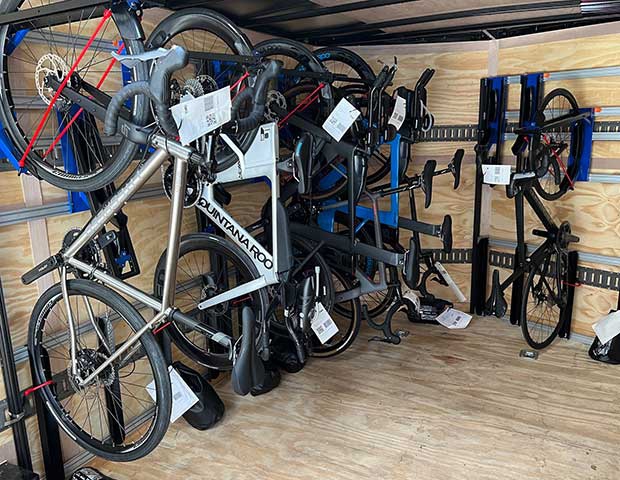
This is why the most useful Bike Fitters are also mechanics and offer full service repair. This is the class of business that bike shops need to be wary of. Of course, bike shops can flank and outmaneuver the Bike Fitter by, simply, being the Bike Fitter. Don’t give up that expertise. Don’t be fooled by the false economy of the pandemic. But I digress. You will need to get your bike worked on and the very first bit of mechanical work is in getting this bike you just bought to match your fit coordinates. This is the biggest problem in the road, gravel and tri bike environment today: You’re not buying a bike anymore. You’re buying a motorcycle. If you’re riding around on a new bike and it just doesn’t feel as comfortable as your old bike, well, this is why. Because these bikes are so hard to adjust you must make sure you’ve got a bike shop that’ll work on your bike; or a Bike Fitter who’s a mechanic; a mobile bike fitter; or you just became your own mechanic.
Return threshold
My wife is a big returner. I am a non-returner. She enjoys the return process, whether in-person or online. I hate it. My threshold for returns is either low or high depending on which one of those means I’m least likely to return what I bought. If you’re like me you’re not a great candidate for buying (for example) wetsuits over the internet. How much worse if we’re talking bikes. For this reason I’m a really big fan of boxless complete bike delivery for those engaged in B2C transactions.
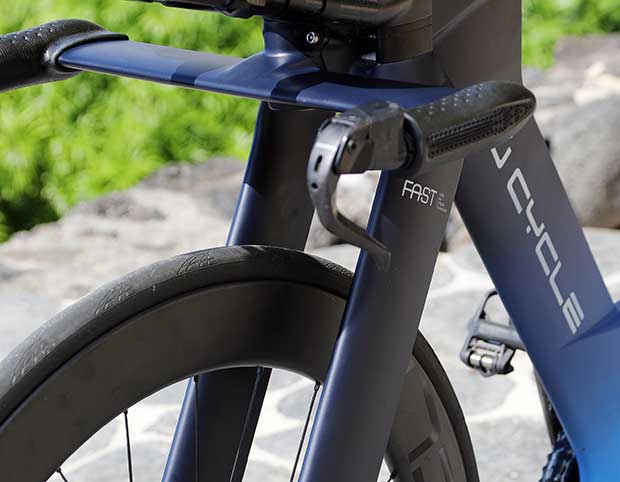
I tell the brands who’re contemplating this: The big thing is not the delivery; it’s the retrieval. Brands are experts at packing bikes. Consumers are not. If the bike needs to be returned for any reason (wrong size, warranty, recall) the process is a lot better for everyone if the consumer simply hands the bike to a driver, as with Tri Bike Transport. Just, this thing – your personal return threshold – is something you should consider before you engage in an important B2C transaction.
Role of the Bike Fitter
So far the most important B2C bike brands have not embraced the Bike Fitter into the sales process. Consumer direct bike brands haven’t shunned the Bike Fitter channel as an important resource; they just aren’t part of the sales process. One company that I will be talking about some this spring is Kú Cycle and you may like and want a bike from this brand or you may not. The reason I mention Kú in this context is there should be a logistical handshake between the Bike Fitter and any B2C bike brand and this brand understands this and has a granular pathway to purchase that embraces and includes the Bike Fitter.
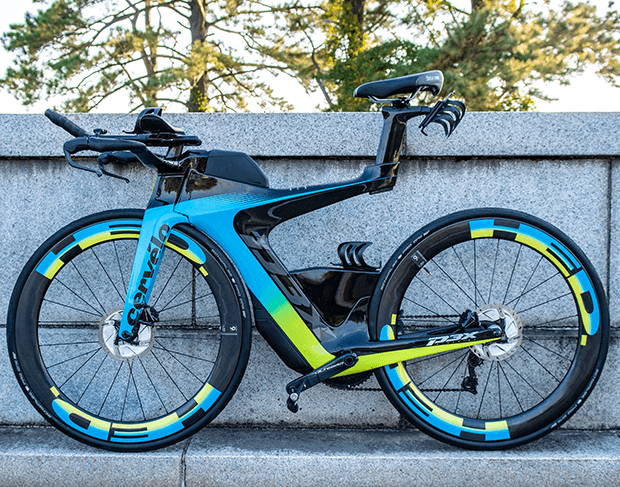
It’s a regret of mine that some brands that I really admire – like Canyon and Quintana Roo – do not have this handshake in place. It is on some measure the fault of the Bike Fitter community for not embracing and pursuing this; in some measure it’s my fault because certain of these brands have expressed willingness and I have not sufficiently pushed through. (More work to be done here.)
Role of the Bike Shop
Finally, let’s consider the case of Cervelo. This is the co-number-1, along with Canyon, most wanted tri bike brand by triathletes who read Slowtwitch. Cervelo prefers the more traditional B2B channel, that is to say, Cervelo sells not to you but to businesses. Bike shops. Cervelo relies on the shop to assemble its bikes; to make sure the customers are safe, powerful and comfortable aboard their bikes. Cervelo requires that the shops have the expertise to do all this and to work on its bikes and handle any warranty or recall issues. Cervelo carefully selects its retail stores and it has the brand command and gravitas to get its pick of the best shops. How long that remains a viable plan depends on whether these shops retain their attachment to fit expertise; whether they remain committed to triathlon; and whether they remain independent (e.g., how many of Cervelo’s retail chain will end up a Trek or Specialized store?).
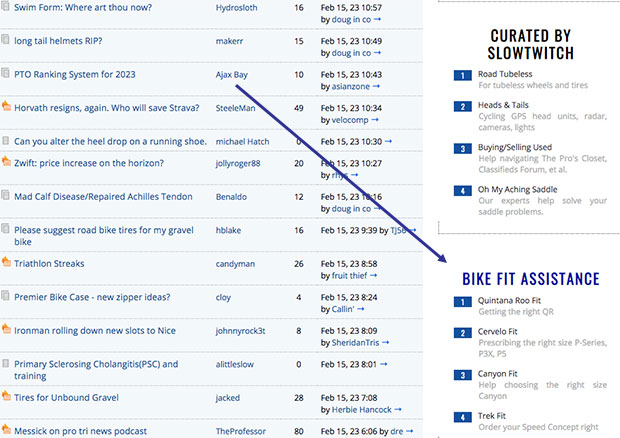
Not to belabor, but can I refer back to mechanical expertise for a moment? Today, the biggest problem in the bike industry is bikes that go out the door not properly fit to the customer. This didn’t used to be a big deal because you just changed the stem or did some other ministerial fix. Today what was ministerial now raising heaven and earth. Not so much with tri bikes, but with road and increasingly gravel getting your new bike to fit you often means pulling and reinstalling internal hydraulic lines, front and rear, rebleeding, new olives and needles, and you can’t do that. This is how the shop makes its margin. If the shop isn’t willing to do this it doesn’t deserve its margin. Conversely, if you need this done on your B2C purchase you might have just blown the savings you thought you got by going consumer direct.
So to recap, if you choose to buy from a shop, demand that this shop earn its margin by selling you not a motorcycle, but a bicycle, fitted to you with the correct amount of mechanical housing or hydraulic line. If the shop employs expert fitters using modern fit tools – like a conforming fit bike – you might need to pay extra for the fit session. But you shouldn’t pay extra for the mechanical work to make a new bike fit you if you’re buying that new bike from the shop. If the shop is unwilling to make the bike fit you at no extra cost to you, that shop gave you a great reason to buy a Canyon, a Ventum or a Litespeed. But if you choose to buy a Canyon, Ventum or Litespeed use the tools here on Slowtwitch (such as the fit assistance threads); make sure you know your fit coordinates; and buy your bikes with a plan in place for getting that bike to match your fit coordinates. And, have a plan in place for how to service your bike when necessary.


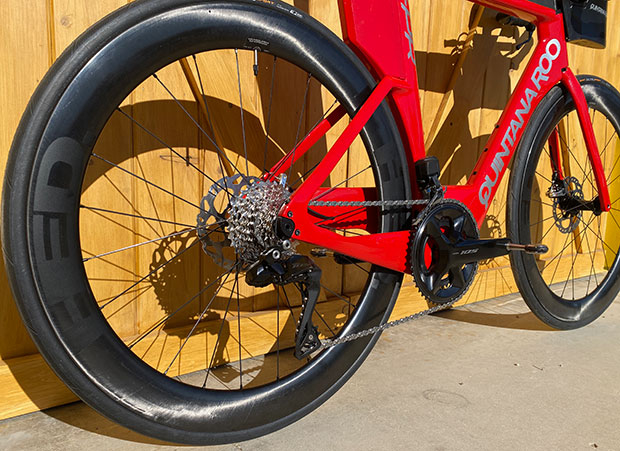
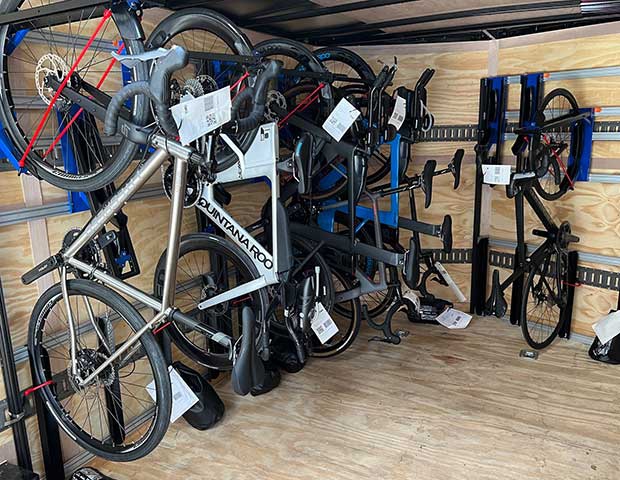
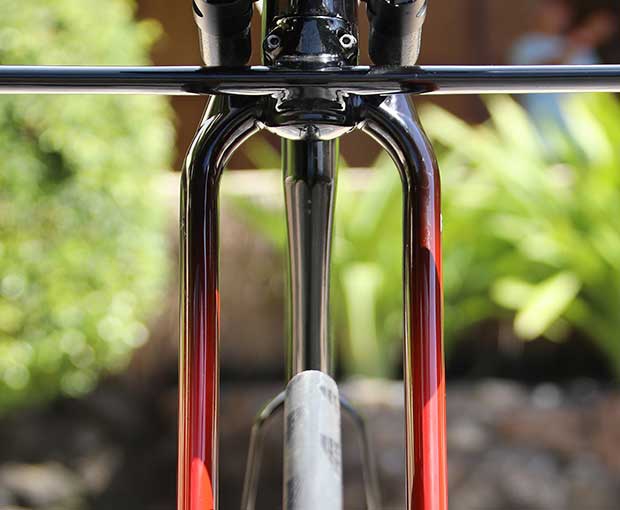
Start the discussion at forum.slowtwitch.com